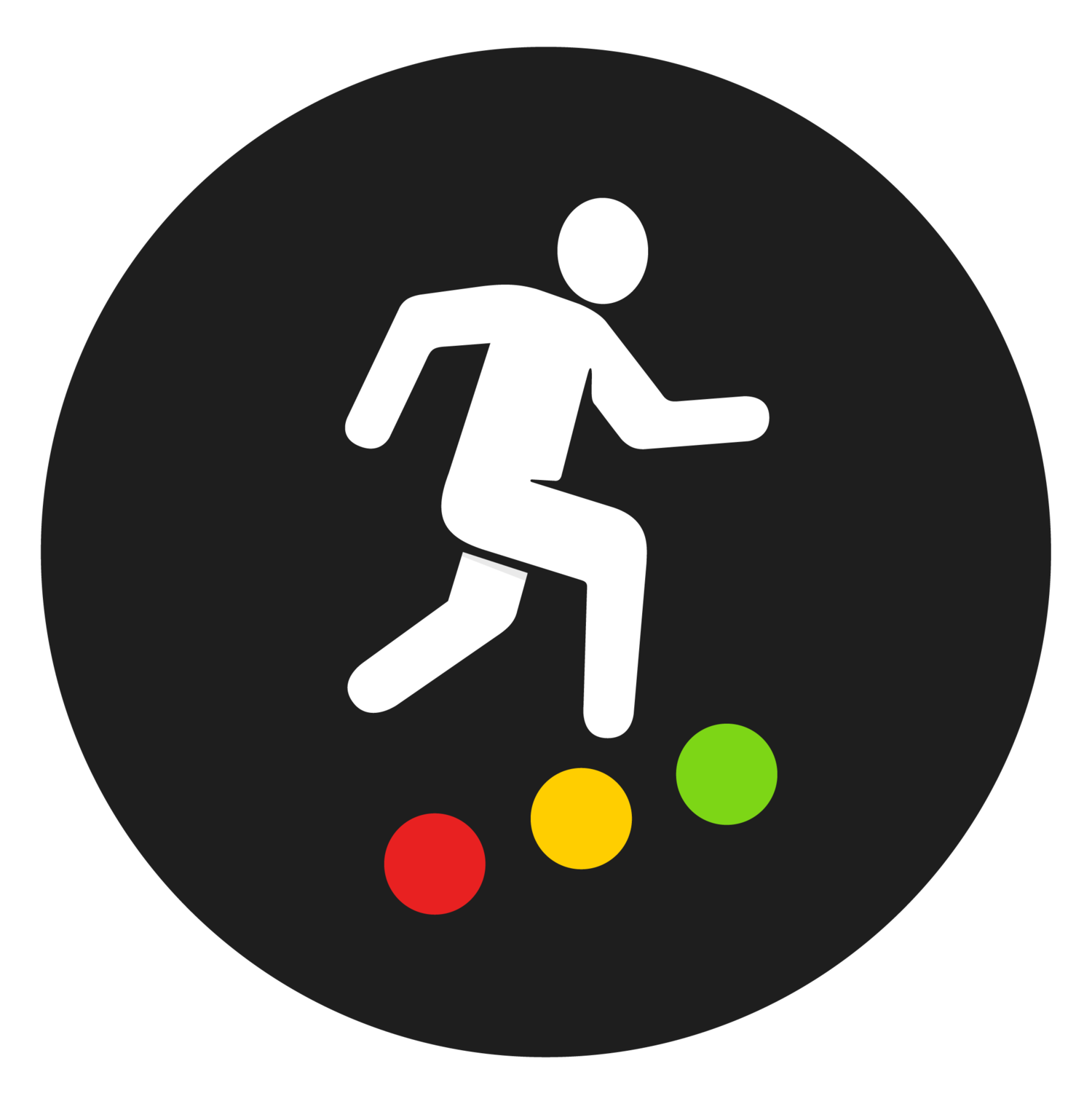HRV and overall fitness - Why Training Today's baseline HRV is a good indicator of overall fitness.
Training Today uses heart rate variability (HRV) measurements to establish a readiness score that gives valuable insight into your body's current ability to respond to training stress based on how good your recovery has been during the previous 24 (default), 48 or 72 hours. The app's algorithm uses the data to produce a 'Readiness to Train' or RTT score which is essentially derived from comparing the 24hr HRV against a baseline score established by averaging data collected over a extended period of up to 60 days. Whilst the RTT score is designed to inform good judgements about how well you are recovered and what sort of activity might give the greatest fitness benefits on a daily basis, the baseline score can also give some valuable insight into the overall fitness of the app user.
It is important to note that an athlete's baseline HRV is highly individualised. In other words it is of little value to compare one individual's HRV with another. It is also well known that baseline HRV declines with age, reducing as you get older.
Monitoring the baseline value is a useful indicator of how well your body is responding to training. As an individual's fitness increases, we typically see a lowering of resting heart rate (RHR) and an associated increase in average HRV. Whilst this does not 'quantify' your fitness, it does give a good indicator of the overall direction of travel - i.e. is the exercise you are doing having the desired effect. To make a judgement on this, however, it is important that the baseline HRV is collected over a significant enough period to flatten out day to day variation, but not so long that age related effects could have a significant impact - hence we settled for a 60 day baseline period.
We believe this measure gives a better view of fitness development than some other methods which base a fitness score on training load estimations. This is because HRV is derived from a physiological 'read out' from your body, not an estimate of the effect of training load on it. That's not to say that monitoring training load is not important of course, too much load can lead to overtraining syndrome (known to sometimes lead to consistently high HRV) or illness or injury (likely to suppress your HRV) as discussed in previous blogs. Avoiding these negative influences so that training can be consistent and effectively targeted at the right energy systems is the key to improving fitness and your baseline HRV score in Training Today should indicate how well this is going.
1. https://www.sciencedirect.com/science/article/pii/S0735109797005548
hrv decline with age
2. https://pubmed.ncbi.nlm.nih.gov/12816748/
hrv response to improved aerobic fitness
